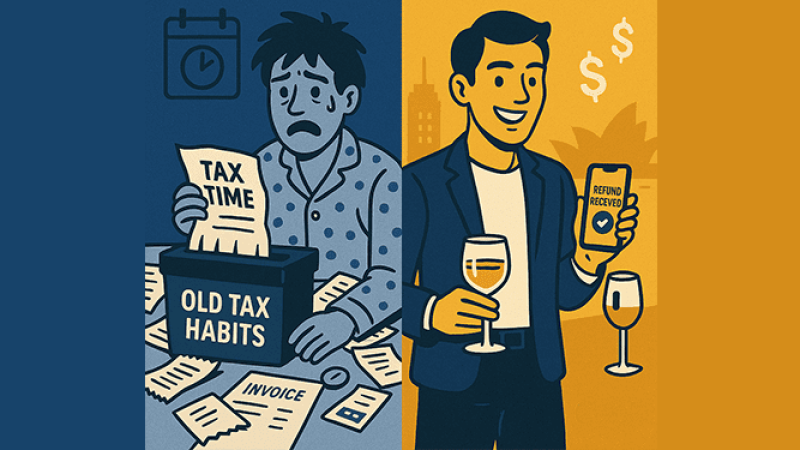When couples decide to separate, the financial implications can feel overwhelming. Traditional divorce proceedings often drain resources through lengthy court battles, leaving both parties with less to rebuild their lives. Collaborative divorce offers a different path—one that prioritises financial preservation whilst fostering cooperation and mutual respect.
Understanding the Collaborative Approach
Collaborative divorce brings couples together with their legal and financial advisors to reach agreements outside the courtroom. Both parties sign a participation agreement committing to transparency and shared decision-making. This process typically involves financial planners, family lawyers, and sometimes counsellors working as a team.
The key difference lies in the mindset. Rather than fighting over assets, couples work together to find solutions that benefit everyone involved. This cooperative approach often leads to more creative and financially beneficial outcomes than traditional court-imposed settlements.
Immediate Cost Savings and Efficiency
The most obvious financial advantage is reduced legal costs. Court proceedings can stretch for months or even years, with legal fees mounting at every turn. Collaborative divorce typically resolves faster, keeping more money in your pocket rather than paying legal bills.
Consider these potential savings:
• Reduced court fees and administrative costs
• Fewer billable hours from legal representatives
• Streamlined documentation and filing processes
• Elimination of costly expert witness fees
Many couples find they save tens of thousands of dollars by avoiding protracted litigation. These savings can be redirected towards establishing new households or securing financial stability post-separation.
Strategic Asset Protection and Division
Collaborative divorce allows for more sophisticated asset division strategies. When both parties share financial information openly, advisors can structure settlements that maximise value for everyone involved.
For instance, rather than simply splitting superannuation funds down the middle, financial planners can analyse tax implications and suggest more efficient approaches. One spouse might retain the family home whilst the other receives a larger share of investment portfolios, depending on their individual circumstances and goals.
Property settlements can be structured to minimise capital gains tax, and investment transfers can be timed strategically. This level of financial planning is rarely possible in adversarial court proceedings where judges make quick decisions based on limited information.
Tax Efficiency and Long-Term Planning
Australian tax law offers various opportunities for efficient asset transfers during divorce, but these require careful planning and professional guidance. Collaborative divorce provides the time and cooperative environment necessary to implement these strategies effectively.
Superannuation splitting arrangements can be structured to benefit both parties’ retirement planning. Investment portfolios can be divided in ways that consider each person’s tax situation and risk tolerance. Even the timing of asset transfers can be optimised to minimise tax liabilities.
Financial advisors can also help establish new budgets and financial plans that reflect post-divorce realities. This forward-thinking approach helps both parties transition more smoothly to their new financial circumstances.
Preserving Relationships and Future Cooperation
The collaborative process often maintains better relationships between former spouses, which has ongoing financial benefits. This is particularly valuable for couples with children or shared business interests.
Cooperative co-parents typically spend less on ongoing legal disputes and can make joint financial decisions about children’s education, healthcare, and activities more efficiently. Former spouses who maintain professional relationships in shared businesses avoid the costs and complications of forced buy-outs or business dissolution.
The reduced stress of collaborative divorce also leads to better decision-making. When emotions run high, people often make poor financial choices they later regret. The supportive environment of collaborative divorce helps couples think more clearly about their long-term financial wellbeing.
Professional Support Throughout the Process
Financial advisors play a crucial role in collaborative divorce, helping couples understand the full implications of various settlement options. They can model different scenarios, showing how decisions made today will impact retirement planning, tax obligations, and overall wealth preservation.
This professional guidance extends beyond the divorce itself. Many couples continue working with their financial advisors post-settlement to implement new investment strategies, update estate planning documents, and work towards rebuilt financial security.
The collaborative team approach ensures all aspects of the financial settlement are considered, from immediate cash flow needs to long-term wealth building strategies. For example, when dealing with property division, a financial advisor can provide detailed analysis of various options. They might compare the long-term financial impact of keeping the family home versus selling and dividing the proceeds. This analysis would consider factors like potential capital gains, ongoing maintenance costs, and each party’s ability to refinance or secure new mortgages.
Similarly, when addressing superannuation splits, advisors can create projections showing how different division strategies affect each person’s retirement outlook. They might suggest options like creating separate accounts within the same fund or transferring portions to new funds, always with an eye on minimising fees and maximising growth potential.
For couples with business interests, financial advisors in collaborative divorce can be instrumental in finding creative solutions. They might propose gradual buyout arrangements, profit-sharing agreements, or even continued co-ownership structures that allow both parties to benefit from future business growth without daily interaction.
Throughout the process, these advisors act as neutral parties, focused on optimising financial outcomes rather than “winning” for one side. This objectivity often leads to more balanced, sustainable financial arrangements that set both parties up for future success.
Collaborative divorce represents a mature approach to separation that prioritises financial preservation and future stability. Whilst it requires commitment from both parties to work cooperatively, the financial benefits often far outweigh the challenges.
If you’re considering separation, speaking with a financial advisor experienced in collaborative divorce can help you understand your options and potential outcomes. The investment in professional guidance during this critical time often pays dividends for years to come.






